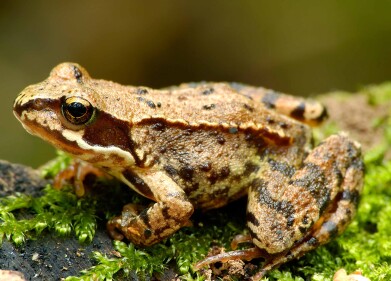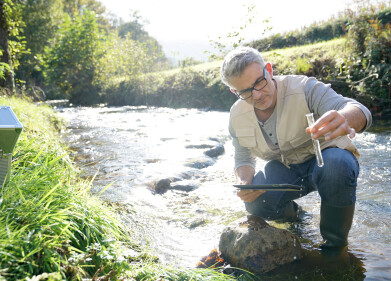Soil Testing
Is Our Prosecco Obsession Bad for the Environment?
Feb 13 2019
Whether as an affordable alternative to a celebratory flute of champagne or a delightful accompaniment to an evening meal, prosecco has become more and more popular over recent years. However, a new report from Padua University has found that the process of producing the bubbly stuff may be having an unwanted effect on the environment.
With vast swathes of northern Italy given over to prosecco production, much of the region’s hillsides have been denuded of vegetation to facilitate the planting of vineyards. However, when the area is subjected to heavy rainfall - as is happening with more and more frequency due to climate change - the soil becomes highly susceptible to erosion.
The fizzy stuff is on the up
Over recent years, prosecco has actually overtaken champagne as the tipple of choice for those who prefer a sparkling wine to its red or white counterparts. Today, more than 500 million bottles of prosecco are produced in Italy’s Veneto region each year. The UK is one of the chief drivers of that boom, accounting for the biggest consumer in the marketplace ahead of the USA and Germany.
In practical terms, this means that the amount of land reserved for vineyards has doubled in the last 20 years. Two decades ago, there were just 4,000 hectares of prosecco vines in the region; now, there are 7,000. While that’s good news for the prosecco business, it could be bad news for Mother Earth.
Too much of a good thing
Before being cleared to make way for the vineyards, those 3,000 hectares most likely held woodland and pastures, which not only serve a positive purpose in absorbing harmful emissions but also help to prevent soil erosion. With the land completely exposed to torrential downpours, the soil is more easily eroded and unwanted contaminants like pesticides and fertilisers can leach into nearby waterways.
As well as precipitating the need for high-resolution monitoring to prevent river degradation, this soil erosion is also unsustainable for the land itself. With the rate of soil erosion 11 times higher than the Italian average, and with prosecco believed to account for 75% of erosion in the area, it’s clear that the practice of creating prosecco in its current format is not ecological in the long term.
A more responsible approach
While concerns about agricultural and vinicultural practices have normally focused on the harmful emissions that the industry is responsible for, there has been less focus on its use of the land itself. However, the authors of the report are quick to point out that the damaging impact of prosecco vineyards can be curbed if winemakers are more conscious of things they can do to prevent soil erosion.
Such techniques include planting grass, hedgerows and trees on top of areas that have been denuded of other vegetation. This, says lead author Salvatore Pappalardo, could bring about a 300% reduction in the amount of soil erosion experienced by the land in question. Failure to implement the changes, however, could lead to one very bad hangover for the environment.
Digital Edition
AET 28.4 Oct/Nov 2024
November 2024
Gas Detection - Go from lagging to leading: why investment in gas detection makes sense Air Monitoring - Swirl and vortex meters will aid green hydrogen production - Beyond the Stack: Emi...
View all digital editions
Events
Jan 12 2025 Abu Dhabi, UAE
Jan 14 2025 Abu Dhabi, UAE
Jan 20 2025 San Diego, CA, USA
Carrefour des Gestions Locales de L'eau
Jan 22 2025 Rennes, France
Safety, Health & Wellbeing LIVE
Jan 22 2025 Manchester, UK



















